High Strength Graphite in SPS Tooling: Revolutionizing Material Processing
In the realm of advanced material processing and manufacturing, the quest for superior tooling materials is never-ending. One such innovation that has gained substantial attention is high strength graphite, particularly in the context of Spark Plasma Sintering (SPS) tooling. This remarkable material is transforming the way we approach sintering processes, enabling higher performance and efficiency.
Understanding High Strength Graphite
Graphite is a naturally occurring form of carbon with exceptional thermal and electrical conductivity. While traditional graphite has long been used in various industries, high strength graphite is a specialized variant engineered to meet the demanding requirements of modern manufacturing processes. It is distinguished by its robust mechanical properties, including high density, superior strength, and exceptional thermal stability.
The synthesis of high strength graphite involves a precise control of grain structure and purity. By carefully manipulating the processing parameters, manufacturers can enhance the mechanical and thermal characteristics of the material, making it ideal for SPS tooling applications.
Significance in SPS Tooling
Spark Plasma Sintering, or SPS, is a cutting-edge technology used to consolidate and densify powdered materials into complex shapes with high precision. It is widely applied in the aerospace, medical, and automotive industries, as well as research and development. The performance of SPS depends significantly on the quality and durability of the tooling used, making high strength graphite a game-changer.
- Exceptional Thermal Stability: High strength graphite possesses outstanding thermal stability, allowing it to withstand the extreme temperatures generated during the SPS process. This characteristic minimizes wear and tear on tooling components and ensures longer service life.
- High Density: The density of high strength graphite is notably higher than conventional graphite, making it a superior choice for achieving high compaction rates and sintered material density during the SPS process.
- Superior Strength: The enhanced mechanical properties of high strength graphite enable it to withstand the mechanical stresses associated with SPS. This results in less tooling wear and tear, reducing maintenance costs and ensuring precise, repeatable results.
- Precision Machinability: High strength graphite is readily machinable, enabling the production of intricate and highly accurate tooling components. Its ability to hold tight tolerances ensures the consistency of the sintering process.
- Reduced Contamination: High purity high strength graphite minimizes the risk of contamination during the sintering process, critical when working with advanced materials and composites.
Applications
High strength graphite is an invaluable material in a wide range of applications beyond SPS tooling:
- Aerospace: Used for fabricating high-performance, lightweight components and thermal protection systems.
- Medical: Applied in the manufacturing of biomedical implants and devices requiring exceptional precision.
- Automotive: Utilized in the production of engine components, transmission parts, and lightweight structural elements.
- Electronics: Ideal for heat sinks and electronic components due to its exceptional thermal conductivity.
Conclusion
High strength graphite is a material that is revolutionizing the field of Spark Plasma Sintering tooling. With its exceptional thermal stability, high density, superior strength, and ease of machinability, high strength graphite is a boon to industries that rely on SPS technology for advanced material processing. Its ability to improve the efficiency and precision of the sintering process opens the door to a wide range of possibilities, from aerospace to medical and automotive applications. As manufacturing processes continue to advance, high strength graphite is a key player in shaping the future of material processing technology.
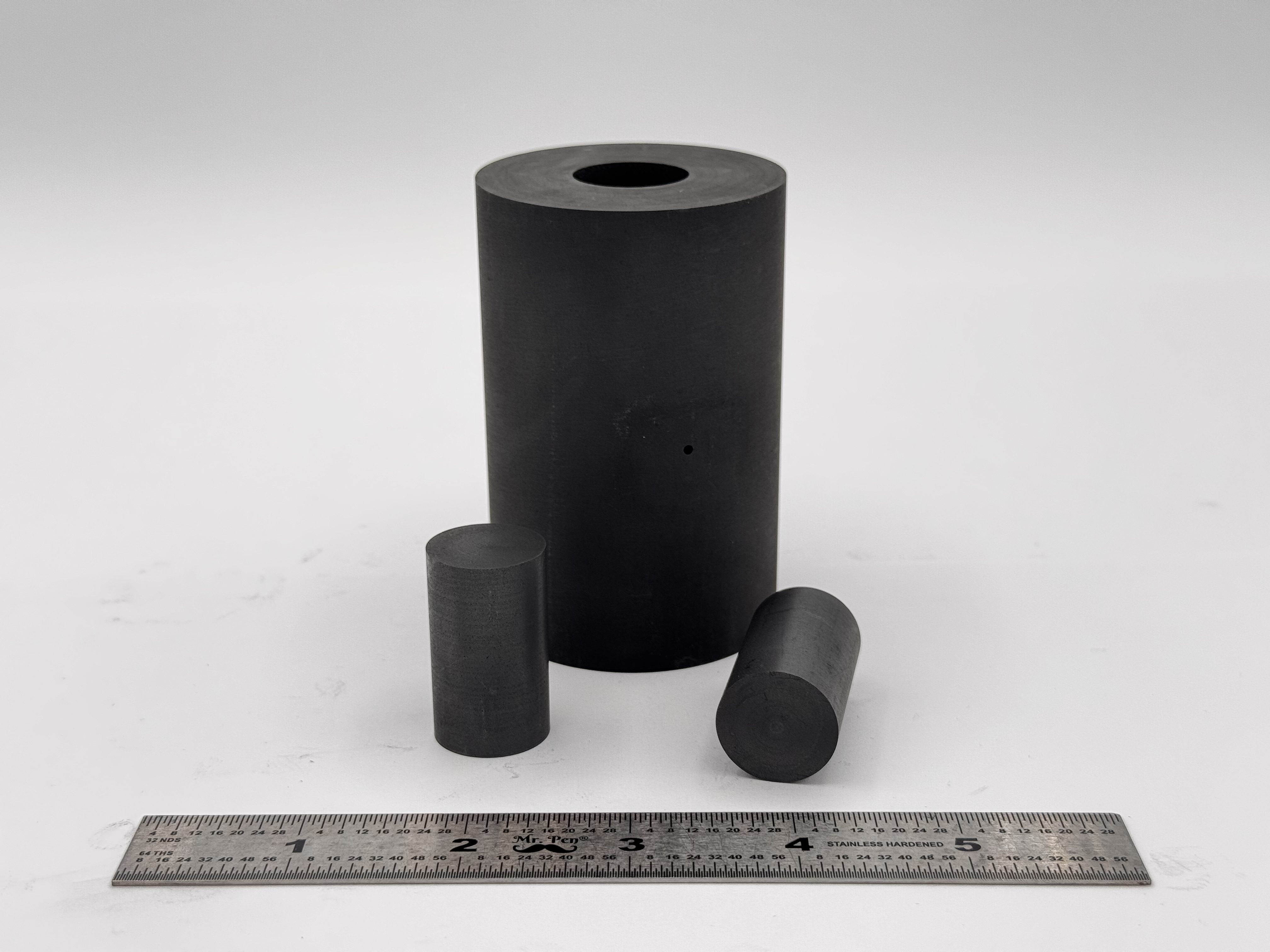 High Strength SPS Graphite Tooling
High Strength SPS Graphite Tooling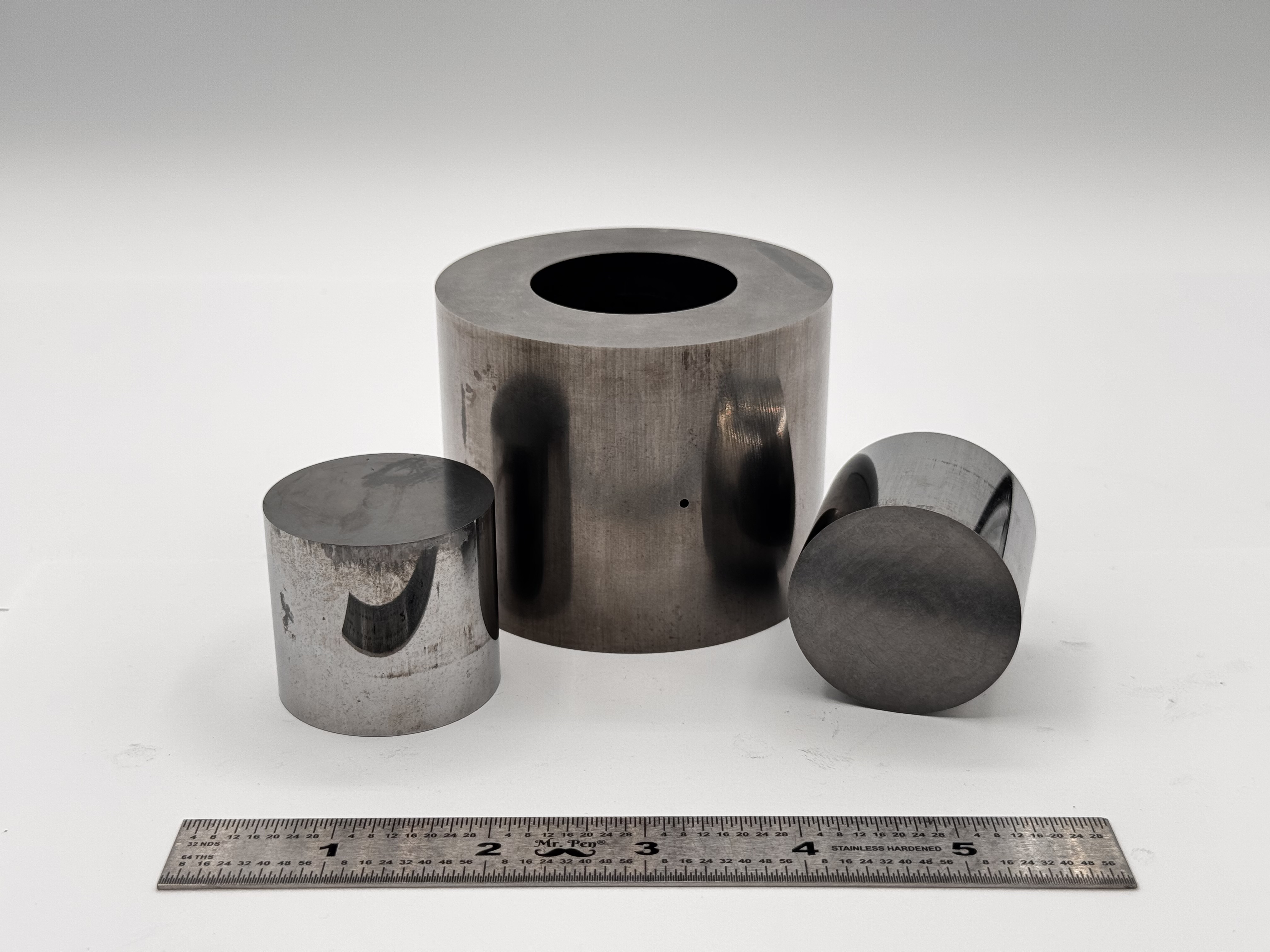 Tungsten Carbide Tooling
Tungsten Carbide Tooling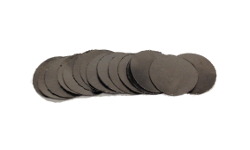 Carbon Graphite Foil / Paper
Carbon Graphite Foil / Paper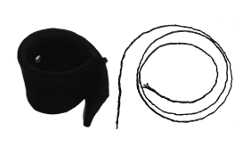 Carbon Felt and Yarn
Carbon Felt and Yarn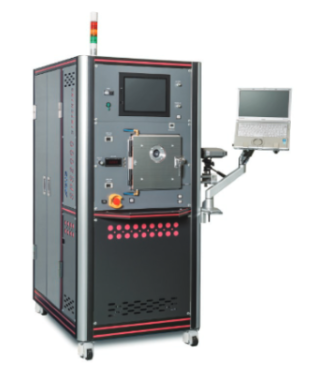 Spark Plasma Sintering Systems
Spark Plasma Sintering Systems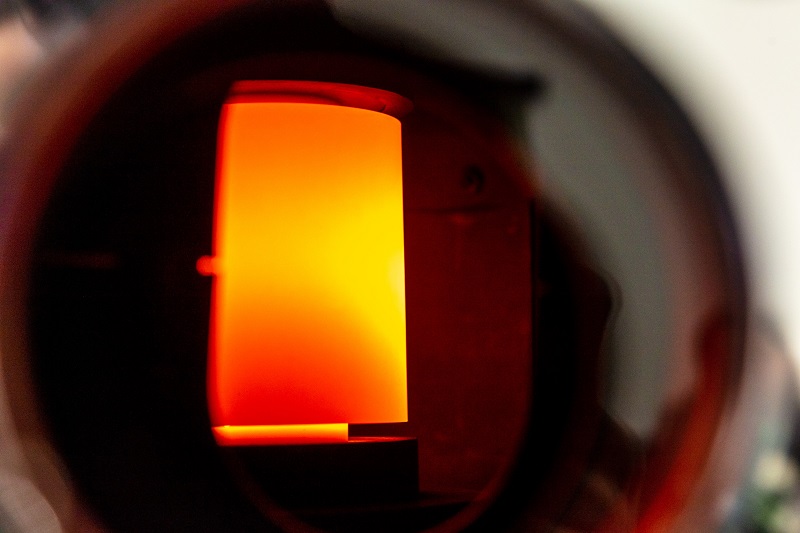 SPS/FAST Modeling Software
SPS/FAST Modeling Software